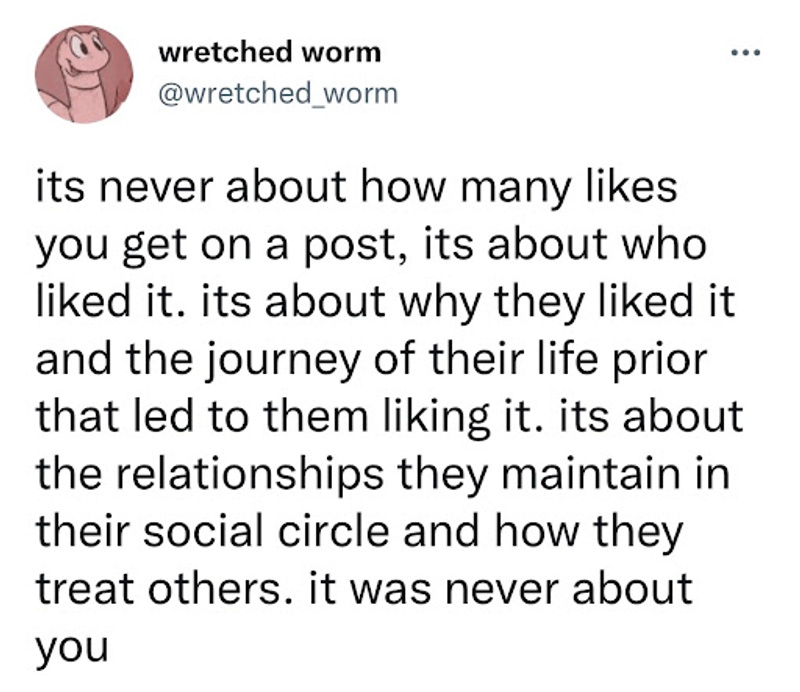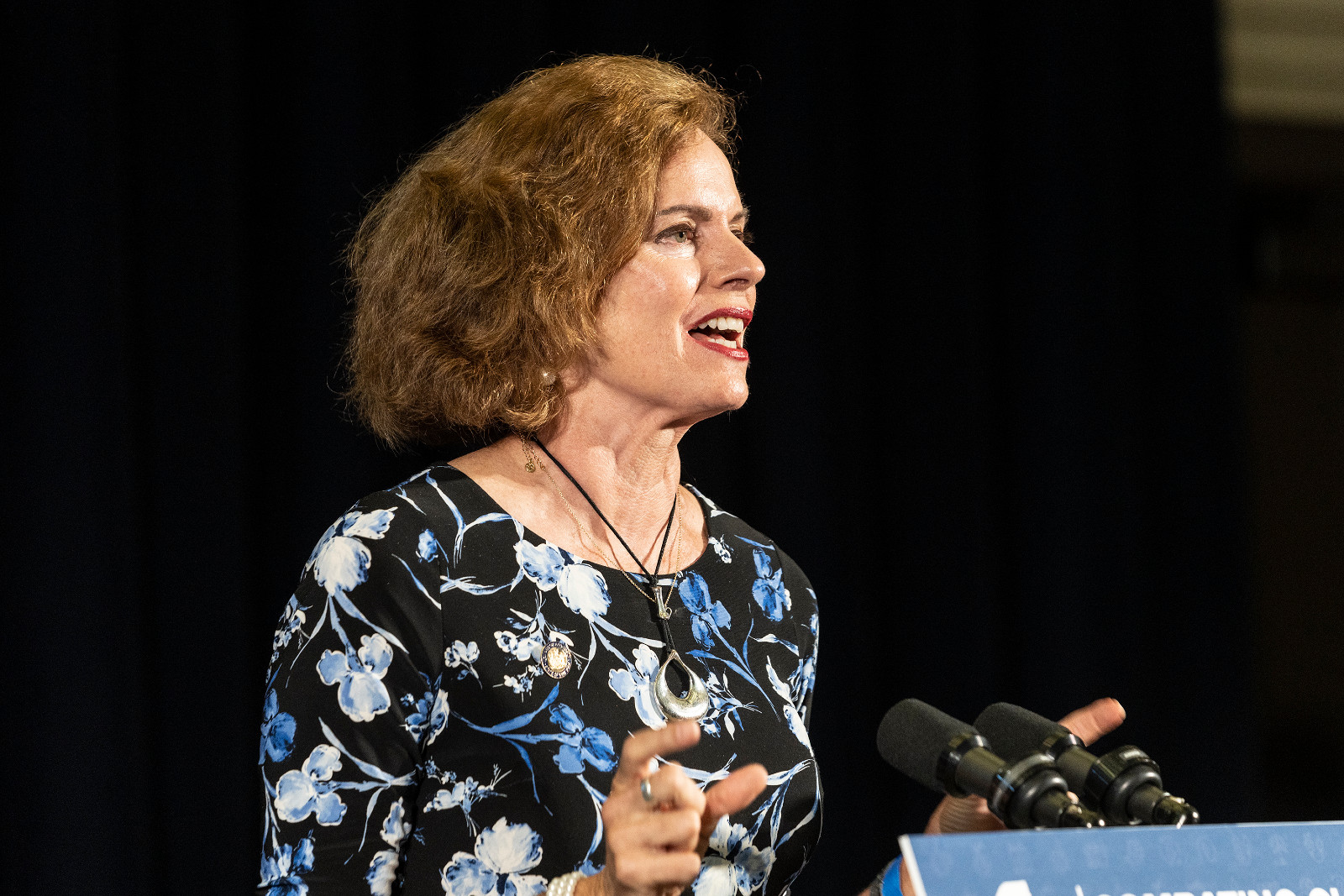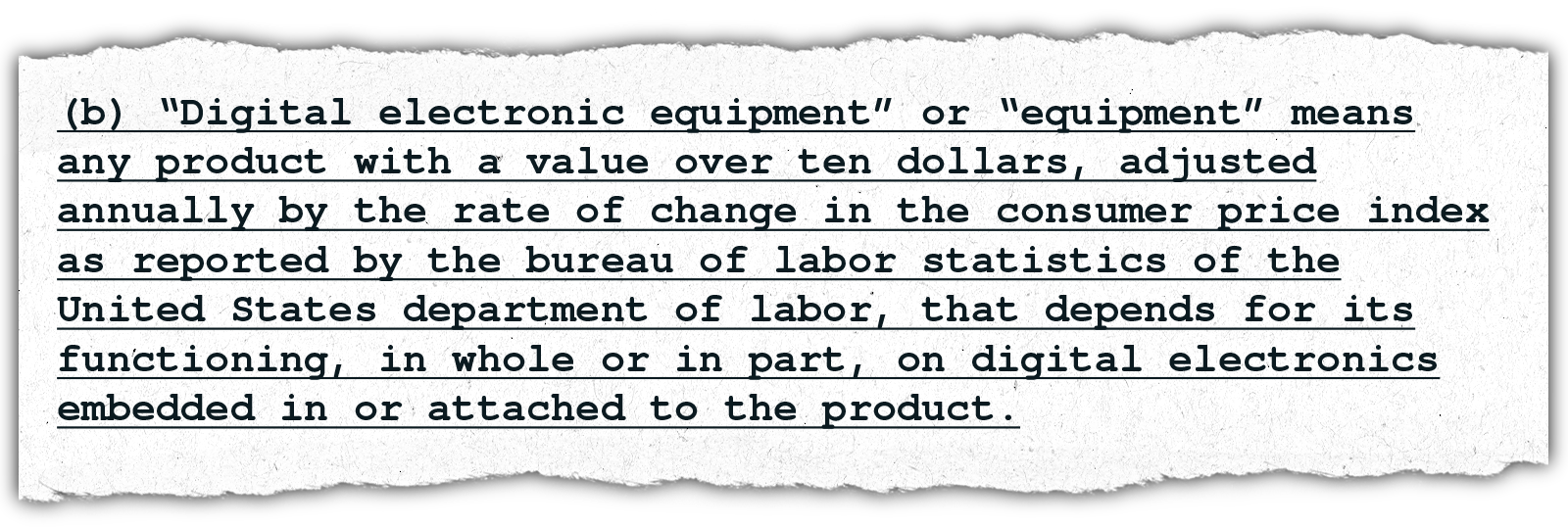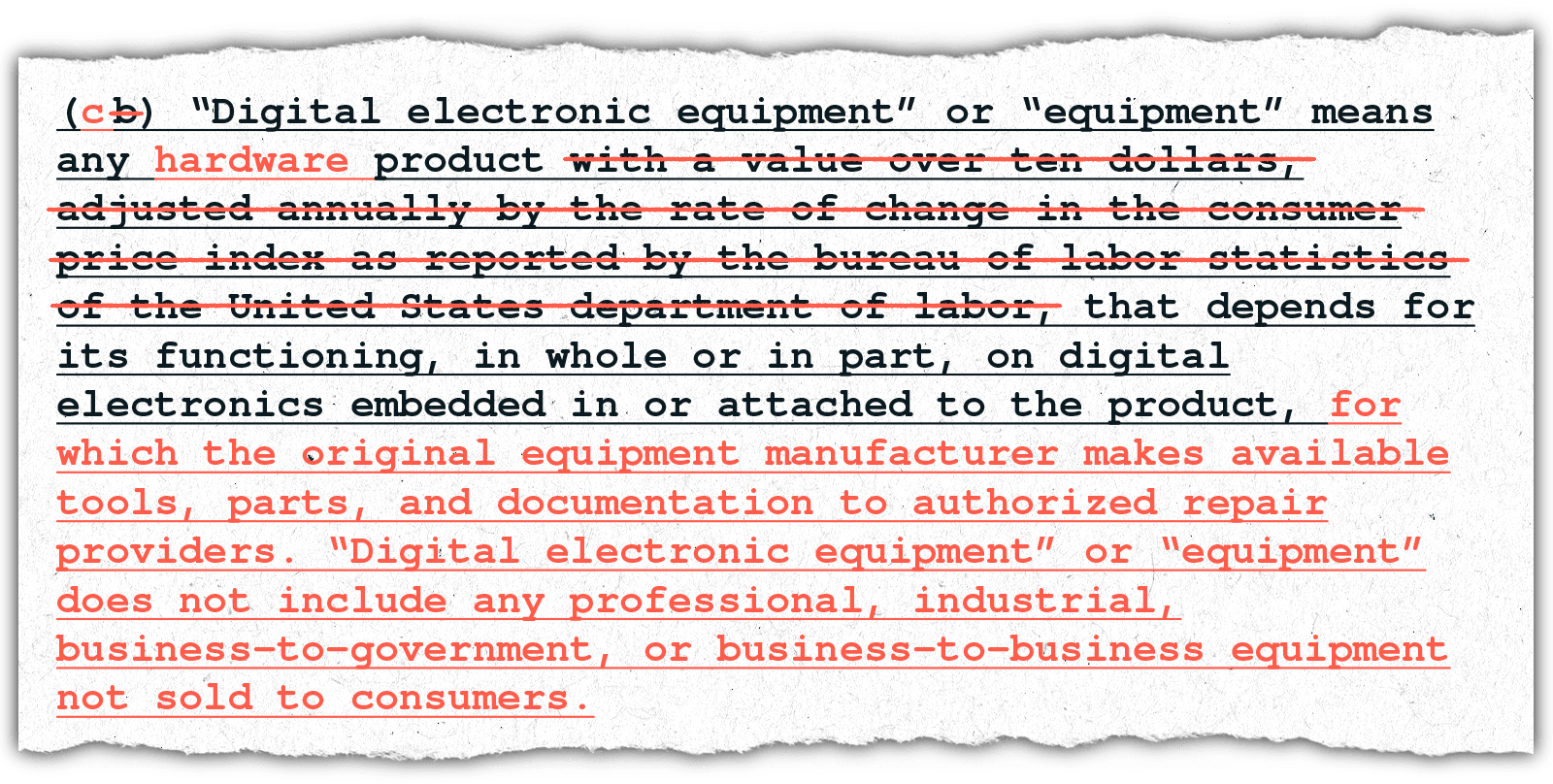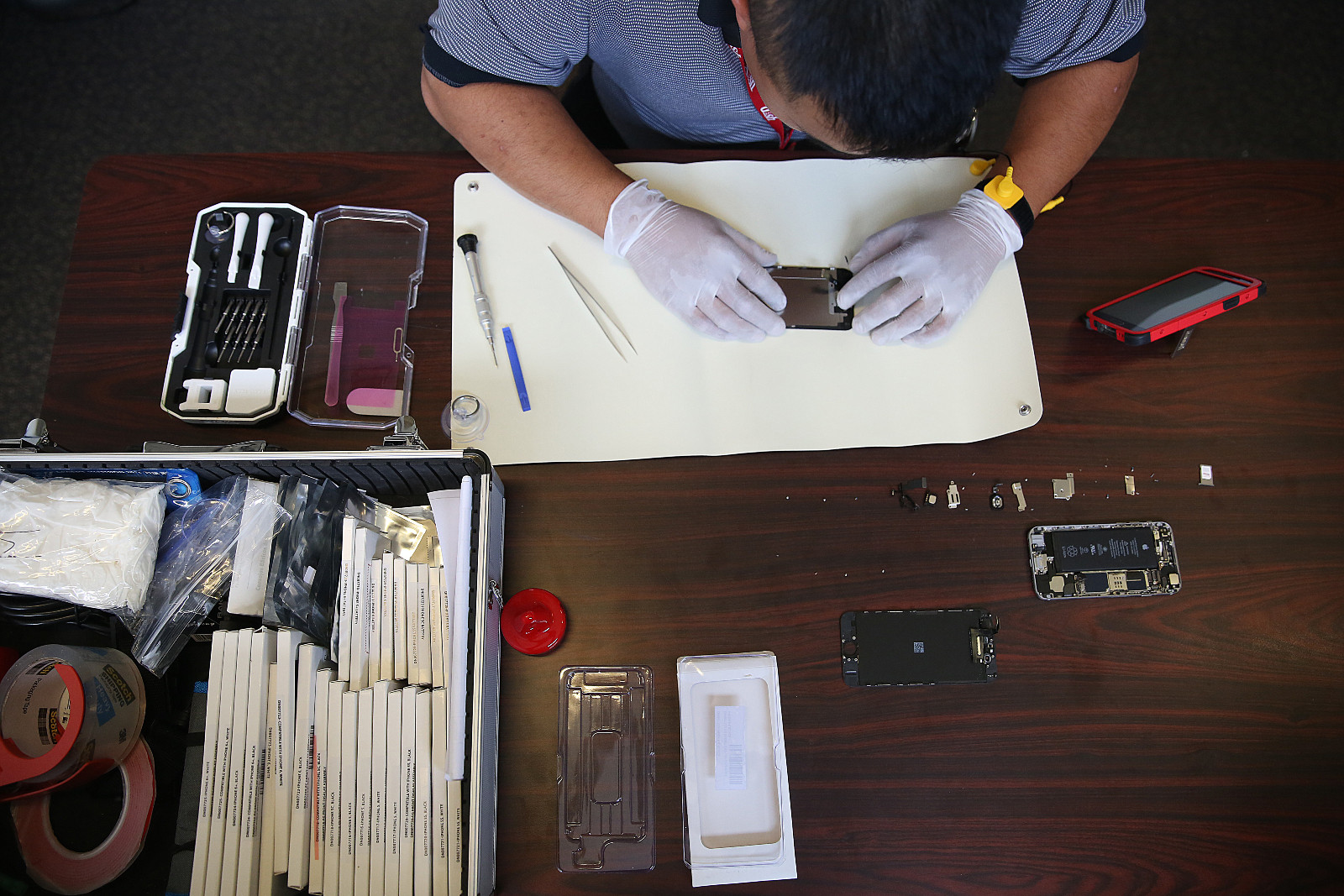It is comical how easily one can be ignored for pointing out that new technology is dangerous and fetishistic. So-called “smart” cell phones are a prime example. For years I have been pointing out their dangers on many levels. To say most people are devoted to them is an understatement. Maybe it is an exaggeration to say they revere them, but if asked, they will say they couldn’t live without them. It’s sort of like saying I don’t revere my partner but couldn’t live without her or him. Ah love!
But what’s love got to do with it? Love and romance are out of date. Sex is a just a quick fill-in when there’s a break in the technological action. Creative and erotic energy is pissed away on trivia. Being lost and confused and having no time is in. But only the latter can be admitted.
Busy busy busy! Beep beep beep as the eyes go down to the screens. Thumbs athumbing or voices talking to the gadgets, while the busy beavers forget who is under whose thumbs.
Eros is replaced by Chaos while Aphrodite weeps in the woods, but no one hears.
Pass the remote. The silence stings.
We are children of Greece but we forget its truths in our time of digital dementia, if we ever knew them. Beauty is banished for ugliness and technology is worshipped as a god. Art has become meaningless unless it’s falsely connected to celebrities and entertainment culture. There are no limits; everything is permitted. Hubris reigns. Even the thought that Digital IDs, Central Bank Digital Currencies, and vaccination passports are on the agenda does not dissuade the lovers. It’s a game of control abetted by radical stupidity, and it is not a mistake, as Dylan, contrary to his public posturing and corporate imaging, lets his artist’s soul sing:
There are no mistakes in life some people say
It is true sometimes you can see it that way
But people don’t live or die, people just float
Floating in a void of gibberish and double-talk, heads barely above the water, alienated from reality while fixated on the Spectacle, while sometimes when panicky looking for a life preserver but never to the right source, this is where technology and capitalism have taken us. On any issue – the bombing of the Nord Stream pipelines, the facts about the U. S. proxy-war against Russia in Ukraine, Covid-19, the economy, etc. – the mainstream media daily pumps out contradictory stories to confuse the public whose attention span has been reduced to a scrolling few seconds. Sustained attention and the ability to dissect the endless propaganda is a thing of the past and receding faster than the computer jargon of milliseconds and nanoseconds. Planned chaos is the proper name for the daily news reports.
Fetishism, in all its forms, rules.
What else is the cell phone but a pair of red high heels?
What else are all those phone photos millions are constantly taking as they antique reality to store in their mausoleums of loss?
What about the constant messaging, the being in touch that never touches?
Despite the fact that everything digital is extremely ephemeral, the smart phone itself seems god-like, a way to transcend reality while entering it. “My phone is my rock, and my fortress, and my deliverer; my God, my strength, in whom I will trust; my buckler, and the horn of my salvation, and my high tower.”
A toehold on “reality.” A machine in hand that saves nine – million abstractions. And prevents boredom from overwhelming minds intent on floating, because, as Walter Benjamin wrote in “The Storyteller”: “Boredom is the dream bird that hatches the egg of experience. A rustling in the leaves drives him away.” Vibrating and dinging phones will suffice to disturb that dream bird of creative silence that is the only antidote to floating in the void of noise.
But fetishes come in many forms because the need for false gods is so attractive. To think you have a way to control reality is addictive.
I recently saw an article about an auction sale at Sotheby’s in New York of the movie stars Paul Newman’s and Joanne Woodward’s personal effects. These include Woodward’s (who is still alive and suffering from Alzheimer’s disease) wedding ring and dress, the shackles Newman wore in the film Cool Hand Luke, a suit from his racing car days, etc. – over three hundred items in all. According to a Sotheby spokesperson, the Newman-Woodward family, who will receive the proceeds, are doing this to “continue telling the stories of their parents.” Don’t laugh. The article mentions that one of Paul’s watches sold at auction a few years ago for $17.8 million dollars and another for $5.4 million.
So I ask: what are the wealthy purchasers of these objects really buying? And the answer is quite obvious. They are buying fetishes or transference objects that they think will grant them a piece of the immortal stars’ magic. They are buying idols, Oscars, illusions to worship and to touch in place of reality. Ways to enter the cultural hero system.
Ernest Becker put it this way in The Denial of Death: “The fetish object represents the magical means for transforming animality into something transcendent and thereby assuring a liberation of the personality from the standard bland and earthbound flesh.” If one can possess a piece of the demi-god’s power – an autograph, a watch, a ring – one will somehow live forever. It’s not about “trusting the science” but about believing in the magic.
Newman’s daughters who have pushed this sale, as well as a new documentary, The Last Movie Stars, and the memoir Paul Newman: The Extraordinary Life of an Ordinary Man – compiled from their father’s transcripts of conversations with his friend, Stewart Stern, over thirty years ago – have done something supremely ironic. On one hand, they are selling their father’s and mother’s memorabilia, allegedly to tell their stories, through things that are fetishes for those desperate for holy secular relics, while at the same time publishing a book in which Paul honestly knocks himself off the pedestal and says he was always an insecure guy, numbed by his childhood and the false face Hollywood created for him. In other words, an ordinary man with talent who was very successful in Hollywood’s dream factory, where illusions are the norm.
“I was my mother’s Pinocchio, the one that went wrong,” he tells us right away, leading us to the revelations of his human, all-too-human reality. His was a life of facades and dead emotions, false faces, and his struggles to become who he really was. He tells us he wasn’t his film roles, not Hud or Brick or Fast Eddie or Cool Hand Luke, but he wasn’t really the guy playing them either. He was a double enigma, an actor playing an actor. He says:
I’ve always had a sense of being an observer of my own life…. I have a sense of watching something, but not of living something. It’s like looking at a photograph that’s out of focus …. It’s spacey; I guess I always feel spaced out.
His courageous honesty reminds me of Friedrich Nietzsche’s final work, Ecce Home (Behold the Man), not because Paul waxes philosophical but because he’s brutally honest. If a movie star’s truths strike you as not comparable to those of a great philosopher, I would suggest considering that Nietzsche’s key concern was the theater and how we are all actors, a few genuine and most false. In The Twilight of the Idols he asked, “Are you genuine? Or merely an actor? A representative? Or that which is represented? In the end, perhaps you are merely a copy of an actor.”
Paul Newman lived for 17 years after speaking to his friend Stewart Stern. I like to think those conversations helped him break through to becoming who he really was. From what I know of the man, he was generous to a fault and did much to ease others’ pains, especially to bring joy to children with cancer. I think he changed. While his things that are on the auction block now serve as illusionary fetishes for those looking for crutches, I believe he finally threw away the mental crutches he used when playing Brick in Cat on a Hot Tin Roof. Perhaps the wooden ones will be in the auction and some desperado will bid on them.
We know that with the planned chaos being used to shock people into submission through fear, there has been a drastic rise in depression and mental distress of all kinds, especially since the Covid-19 propaganda rollout with its lockdowns and deadly jabs. The magic anti-depression pellets dispensed for decades by the criminal pharmaceutical cartels can not begin to contain this sense of helplessness that continues to spread. They too are fetishes and ways to divert people’s attention from the social and spiritual sources of their anguish.
There is something very chilling in the way the reality of flesh and blood humans living in a natural world has been replaced by all types of fetishes – drugs, objects, celebrities, machines, etc. While all are connected, the cell phone is key because of its growing centrality to the elites’ push for a digitized world. No matter how many articles and news reports about Artificial Intelligence (AI) that appear, it is all just a gloss on a long-developing problem that goes back many years – machine worship.
“Smart” cell phones are the current apotheotic control mechanism promoted as liberation. They are a form of slavery promoted by the World Economic Forum, their bosses, and their minions. As Alastair Crooke puts it, “It is that a majority of the people are so numbed and passive – and so in lockstep – as the state inches them through a series of repeating emergencies towards a new kind of authoritarianism, that they don’t fuss greatly, or even notice much.” Freedom is slavery.
Here is Ernest Becker again:
Boss [Medard Boss, Swiss psychanalyst and psychiatrist] says that the terrible guilt feelings of the depressed person are existential, that is, they represent failure to live one’s own life, to fulfill one’s own potential because of the twisting and turning to be ‘good’ in the eyes of the other. The other calls the tune to one’s eligibility for immortality, and so the other takes up one’s unlived life. . . . In short, even if one is a very guilty hero he is at least a hero in the same hero-system [personal and cultural]. The depressed person uses guilt to hold onto his objects and to keep his situation unchanged. Otherwise he would have to analyze it or be able to move out of it and transcend it…. Better guilt and self-punishment when you cannot punish the other – when you cannot even dare to accuse him [the social system], as he represents the immortality ideology with which you have identified. If your god is discredited, you yourself die; the evil must be in yourself and not in your god, so that you may live.
I wonder if I should bid on the shackles Paul Newman wore as the prisoner in Cool Hand Luke. They are probably the cheapest item on the auction menu. I think they will remind me that the Captain was wrong when he said to Luke, “What we’ve got here is failure to communicate.”
“Where are you calling from,” she asked. “My cell,” he said.
“Of course,” she answered.
The post The Cell Phone Is a Pair of Red High Heels first appeared on Dissident Voice.This post was originally published on Dissident Voice.


